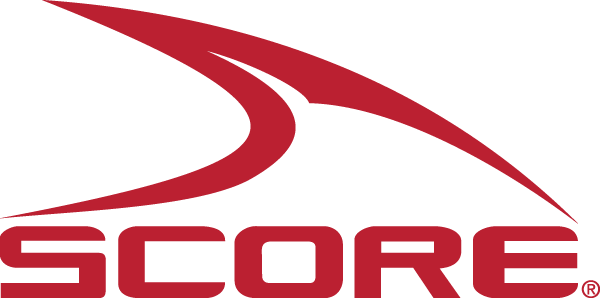With over 300,000,000 residents, and an increasingly diverse makeup of that population, there are a host of opportunities and potential challenges when it comes to youth sports in the United States. For some sports, we continue to see increased participation because members of previously underrepresented groups are now being invited and encouraged to participate. We have seen no greater increase over the past few decades than with females. Girls sports, thankfully, have gotten at least some of the support they deserve and the results have been wonderfully positive. A lot of the more recent successes have occurred as generations of girls have been able to watch, learn, and be inspired by athletes and coaches who look like them. That’s right, inspired by other females. While male coaches have no doubt been helpful, the fact that girls can emulate their female sports heroes, has been essential to the progress we have made.
What is the impact and implication of this? Well, that we need to have representatives from as many demographic groups as possible serving as mentors and coaches. For while we are seeing some increases, many sports are seeing a decrease in participation, especially in the increasingly urban centers of population we have in this country. And this doesn’t mean just gender or even race (those do remain important). We need to find coaches who have had different life experiences, are from different cultures, speak multiple languages, etc. The U.S. is a country that continues to see increases in the number of Asians and Africans, for example. We see more young people who have spent at least part of their lives as refugees, making the tough transition to a “normal” life here in the United States. We have more youth who identify as transgender or gender neutral. The coaches and youth leaders we have today need to be aware of these groups and be ready to serve them appropriately.
In a piece by Jon Solomon for The Aspen Institute, “Latinos in Soccer: What’s the US Model So They’re Not Left Behind?”, beyond economic barriers, grassroots sports leaders see a number of challenges in getting and keeping young people involved in sports:
Lack of safe, viable places to play in low-income communities
Lack of transportation to practices and games
Lack of trained youth coaches
Too few Latino coaches trained in key competencies
Administrative barriers – knowledge on how to organize a non-profit
Language barriers – non-Spanish speaking coaches and administrators connecting with Latino kids and families
Cultural barriers – merging Latino culture with the US suburban game
Immigration concerns – fear of providing documents and information during the registration process that could be used against the family by government
“This positive experience helps build confidence in these youngsters, not only preparing them as athletes, but more importantly, as valuable citizens in our society, citizens who themselves may turn around and serve as coaches and mentors as well.”
What many organizations, including Up2Us Sports, have championed is consistent engagement with young people from an early age. This positive experience helps build confidence in these youngsters, not only preparing them as athletes, but more importantly, as valuable citizens in our society, citizens who themselves may turn around and serve as coaches and mentors as well. We need this virtuous circle to exist and thrive in order to strengthen the foundation of youth sports in the U.S.
According to the Bureau of Labor Statistics, “Employment of coaches and scouts is projected to grow 13 percent from 2016 to 2026, faster than the average for all occupations. Increasing participation in high school and college sports may boost demand for coaches and scouts.” (https://www.bls.gov/ooh/entertainment-and-sports/coaches-and-scouts.htm) The challenge we have is making sure that these coaches are empathetic to the situations from which our youth currently develop and integrate their best coaching tools to increase the likelihood they can “connect” with that young person.
*To learn more about the diversity and demographics in American youth sports, check out this infographic below created by Ohio University’s Ohio University Online Master’s in Coaching Education. https://onlinemasters.ohio.edu/diversity-demographics-of-american-youth-sports/





